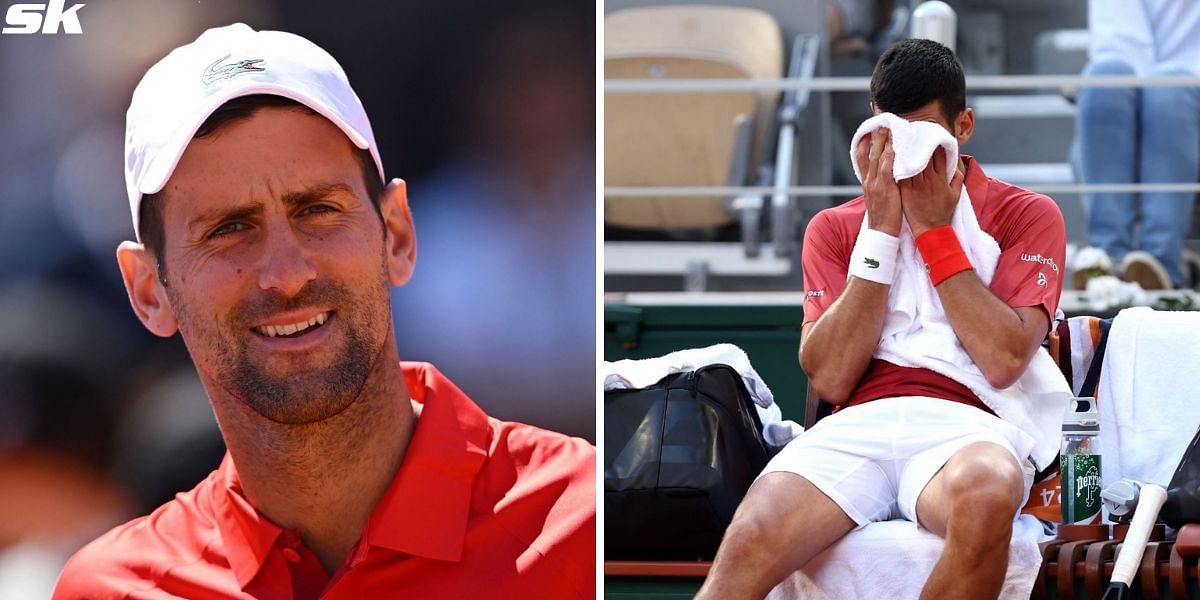
What medical condition forced Novak Djokovic to withdraw from French Open 2024? All you need to know about Serb's medial meniscus tear
Novak Djokovic's 2024 French Open campaign came to an anticlimactic end on Tuesday, as a knee injury forced the World No. 1 to withdraw ahead of his quarterfinal with Casper Ruud. Explaining his injury, Djokovic revealed that it's a medial meniscus tear, which came to light after an MRI scan in Paris.
The injury came about after the 24-time Grand Slam champion was put under duress this week at Roland Garros, having to play back-to-back five-setters in the third and fourth rounds against Lorenzo Musetti and Francsico Cerundolo respectively.
"I am really sad to announce that I have to withdraw from Roland Garros. I played with my heart and gave my all in yesterday’s match and unfortunately, due to a medial meniscus tear in my right knee, my team and I had to make a tough decision after careful consideration and consultation," Djokovic said on Instagram.
"I wish the best of luck to the players competing this week and sincerely thank the incredible fans for all of the love and continued support," he added.
The meniscus is a cartilage in the knee between the thigh bone and the lower leg bone and acts as a shock absorber for the body. There are two types of meniscus: a lateral meniscus, which sits outside the knee, and a medial meniscus on the inside. In Djokovic's case, it's the one on the inside that has ruptured.
In most cases, a meniscus tear occurs when a player has their leg twisted, with the leg caught on the ground and the knee being bent. Against Cerundolo, the World No. 1 had a nasty fall in the fifth set after his feet got caught on the clay on Court Philippe-Chartrier. However, it's not clear whether it was that moment that led to the 37-year-old's injury.
A meniscus tear often results in pain in the knee, swelling of the joint, limping and even lead to an inability to fully bend the knee. With such complications, it would have been impossible for Djokovic to play at a competitive level, let alone in a best-of-five format, making his withdrawal all the more understandable.
What is the treatment in the case of a medical condition like Novak Djokovic's medial meniscus tear?

As for the treatment, some situations could demand the need for anthroscopic surgery, a minimally invasive procedure. Here, the torn portions of the meniscus are repaired through an optic tube, which is inserted following a small incision made in the knee joint.
In the days to come, there will be more information about whether it's a possibility Novak Djokovic and his team are looking at. Following the end of the clay swing, the ATP calendar will move to the grass swing and Wimbledon, where the World No. 1 reached the final last year before losing to Carlos Alcaraz.
After that, the Serb will be itching to play at the Paris Olympics, which is realistically his final shot of winning the gold medal that has eluded him all his career. All that will be on his mind as the 37-year-old decides on the best course of action.